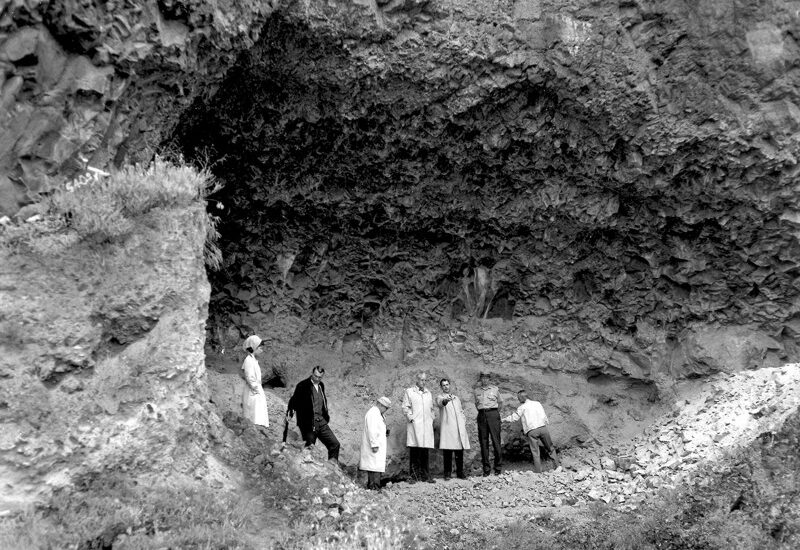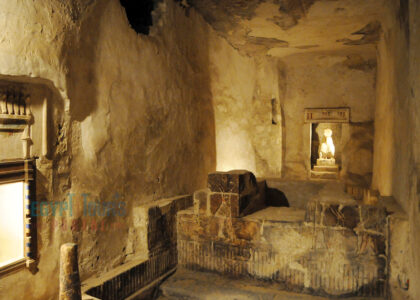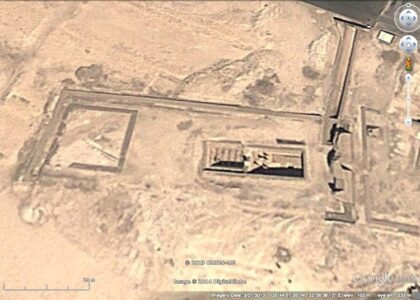Welcome to the fascinating story of the Marmes Rockshelter, one of the most significant archaeological discoveries in the Pacific Northwest. Nestled near the confluence of the Snake and Palouse Rivers in Washington, this site holds the secrets of ancient human life dating back thousands of years.
In 1952, a local rancher named John McGregor guided Washington State University archaeologist Richard Daugherty to this intriguing location. However, it wasn’t until a decade later, in 1962, that Daugherty and his team began systematic excavations. What they found was nothing short of remarkable. The site revealed artifacts and human remains that dated back over 11,000 years, providing a window into the lives of early Plateau peoples.
Among the most significant discoveries was ‘Marmes Man,’ whose skeletal remains were determined to be around 10,000 years old at the time of discovery, making them some of the oldest in North America. This site also uncovered a cremation hearth and burial pits that showcased the sophisticated mortuary practices of the early inhabitants.
The urgency of the excavation was heightened by the construction of the Lower Monumental Dam, which threatened to flood the area. Despite efforts to protect the site with a cofferdam, it was eventually submerged under 40 feet of water in 1969. Yet, the discoveries made at Marmes Rockshelter before its inundation have had a lasting impact on archaeology, prompting stronger protection for cultural heritage sites.
The Marmes Rockshelter’s story is a testament to the rich history and resilience of the people who once called this area home. It serves as a poignant reminder of the intricate tapestry of human history woven into the landscape of Washington State.






